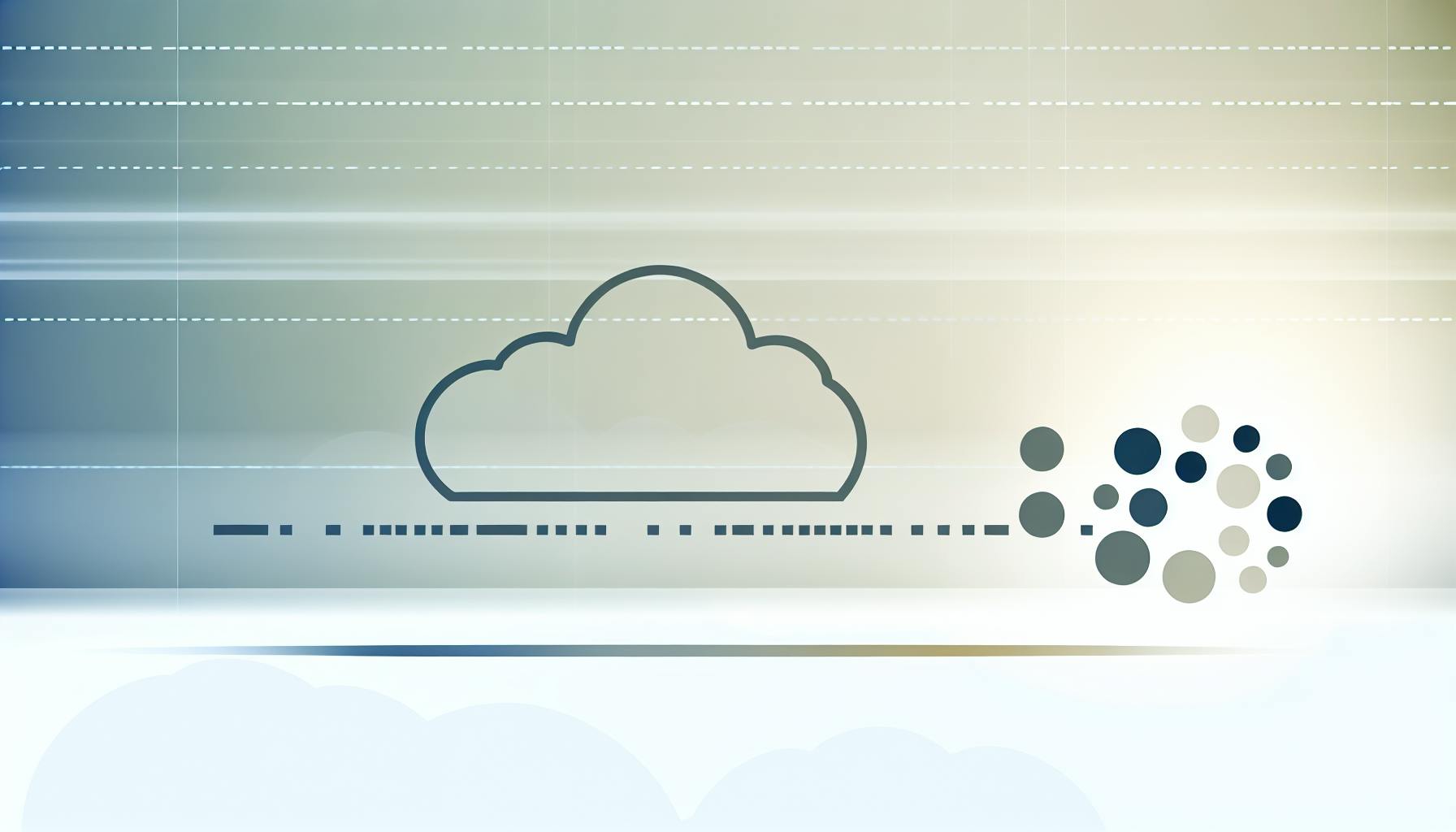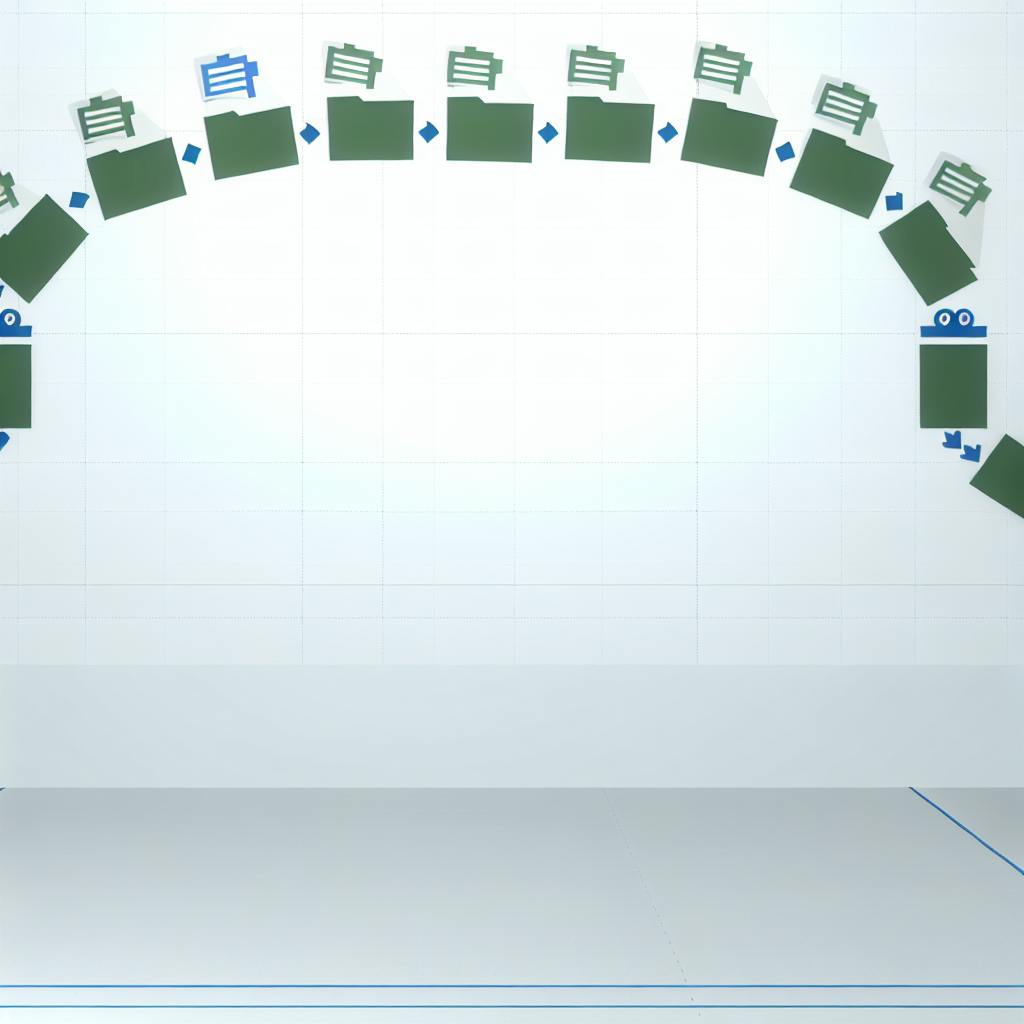Amazon EventBridge and Amazon SQS are two powerful tools for routing events in serverless architectures. But they serve different purposes:
- EventBridge: Best for complex event routing with content-based filtering and integrations across AWS services and third-party applications.
- SQS: Ideal for reliable message delivery, high-volume processing, and strict ordering with FIFO queues.
Quick Comparison
| Feature | EventBridge | SQS |
|---|---|---|
| Architecture | Pub/sub event bus | Point-to-point queues |
| Throughput | 10,000 events/sec/region | Standard: Unlimited; FIFO: 3,000 msgs/sec with batching |
| Latency | Higher (content-based routing) | Lower (direct delivery) |
| Message Retention | Real-time only | Up to 14 days |
| Delivery Model | Push-based | Pull-based |
| Processing Guarantees | Best-effort delivery | At-least-once (Standard); Exactly-once (FIFO) |
| Error Handling | Custom implementation required | Built-in DLQ support |
| Integration Scope | 15+ AWS services + SaaS tools | Primary AWS service integration |
Summary
- Use EventBridge for advanced event routing, multi-service workflows, and cross-account event sharing.
- Choose SQS for reliable, high-volume message processing, strict ordering, or when message persistence is critical.
Keep reading to explore their features, use cases, and implementation tips in detail.
EventBridge and SQS Core Features
Understanding the main features of EventBridge and SQS helps clarify their roles in different system architectures.
EventBridge Features
EventBridge offers three standout capabilities:
- Content-based Filtering: This allows you to create JSON-based rules to match event patterns across multiple fields, making it ideal for complex routing. For instance, in an event-driven order system, you could route events based on combinations like order types, values, and fulfillment conditions - all using a single rule [4].
- SaaS Integration: EventBridge integrates natively with over 100 AWS services and third-party tools like Zendesk and Datadog [1].
- Event Management: It includes features like event archiving and replay, enabling debugging and audits for up to 24 hours [1].
SQS Features
Amazon SQS ensures reliable communication between system components. It offers two types of queues, each tailored for specific needs:
| Feature | Standard Queues | FIFO Queues |
|---|---|---|
| Message Delivery | At-least-once | Exactly-once |
| Ordering | Best-effort | Guaranteed (within groups) |
| Throughput | Unlimited | 300 msgs/sec (3,000 with batching) [2] |
| Best Use Case | High-throughput workloads | Strict ordering requirements |
This flexibility allows you to choose queues based on whether you prioritize throughput or strict message ordering.
SQS also provides essential features for building reliable distributed systems:
- Message Retention: Messages can be stored for up to 14 days [2].
- Dead-Letter Queues: Automatically handles messages that fail processing [2].
- Visibility Timeout: Ensures messages are temporarily hidden during processing to avoid duplicates.
Technical Comparison
These services differ in several key technical aspects, which influence their use cases and implementation strategies.
Feature Matrix
| Characteristic | Amazon EventBridge | Amazon SQS |
|---|---|---|
| Architecture | Pub/sub event bus | Point-to-point queues |
| Throughput | 10,000 events/second per region | Standard: Nearly unlimited FIFO: 3,000 msgs/sec with batching |
| Latency | Higher due to routing overhead | Lower, optimized for direct delivery |
| Message Retention | Real-time processing only | Up to 14 days |
| Delivery Model | Push-based | Pull-based |
| Processing Guarantees | Best-effort delivery | Standard: At-least-once FIFO: Exactly-once |
| Error Handling | Custom implementation required | Built-in DLQ support |
| Event Routing | Complex pattern matching and filtering | Basic message attribute filtering |
| Integration Scope | 15+ AWS services + third-party SaaS | Primary AWS service integration |
EventBridge is ideal for scenarios requiring advanced event routing. Its pattern-matching capabilities allow microservices to route events based on various criteria. For instance, it can route orders based on combinations of type and value.
Here are some of the most notable technical differences:
- Message Persistence: EventBridge does not retain messages, requiring immediate processing. SQS, in contrast, can hold messages for up to 14 days.
- Error Management: SQS includes built-in Dead Letter Queue (DLQ) support, simplifying error handling. EventBridge, however, requires custom solutions for managing errors, often involving SQS queues.
- Integration Patterns: EventBridge integrates directly with over 15 AWS services and supports cross-account event routing using custom event buses [4]. SQS, while simpler for point-to-point messaging, typically needs custom code for complex routing.
"For applications requiring strict message ordering or deduplication, SQS FIFO queues are the preferred choice. EventBridge is better suited for scenarios where event order is not critical, and deduplication can be handled at the consumer level if needed." [8]
When it comes to latency, SQS has an edge with its direct delivery mechanism, making it a better fit for latency-sensitive tasks. EventBridge, on the other hand, justifies its higher latency with advanced filtering capabilities, which are valuable for more complex routing workflows.
Service Selection Guide
Building on the technical differences discussed earlier, each service shines in specific scenarios depending on your operational needs:
EventBridge Use Cases
EventBridge is ideal for handling complex event-driven architectures and multi-account setups. Consider EventBridge when you require:
- Content-Based Routing: Advanced event pattern matching and filtering capabilities.
- Multi-Service Workflows: Seamless integration with AWS services and third-party SaaS applications.
- Cross-Account Event Sharing: Effortless event routing across multiple AWS accounts.
SQS Use Cases
SQS is designed for reliable message queuing with guaranteed delivery and flexible processing options. It works best in scenarios involving high message volumes or when message persistence is critical. Choose SQS for:
- High-Volume Message Processing: Efficiently handles large-scale message loads.
- Guaranteed Message Delivery: Perfect for:
- Background job processing.
- Task queues requiring assured completion.
- Systems where consumers may be temporarily unavailable.
- Microservice Decoupling: Useful for:
The table below highlights key criteria to help you decide:
| Requirement | Service | Why? |
|---|---|---|
| Complex Event Routing | EventBridge | Supports content-based filtering and multiple targets. |
| Message Persistence | SQS | Offers built-in persistence mechanisms. |
| High-Volume Processing | SQS Standard | Optimized for high throughput. |
| Ordered Processing | SQS FIFO | Ensures messages are processed in order. |
| Multi-Service Integration | EventBridge | Integrates natively with AWS and SaaS tools. |
| Cross-Account Events | EventBridge | Provides seamless cross-account support. |
For scaling, EventBridge handles horizontal scaling automatically, while SQS requires configuration at the queue level to meet growing demands.
sbb-itb-6210c22
Implementation Considerations
Once you've chosen a service based on your technical needs, there are three key factors to focus on during implementation:
Pricing Analysis
Costs for EventBridge depend on event volume and rule invocations, while SQS charges are based on the number of requests. If your use case involves complex routing with multiple targets, EventBridge is a better fit. For high-volume, point-to-point messaging, SQS is more cost-effective.
Error Management
Each service handles failed message processing differently:
EventBridge Error Handling:
- Offers event archiving, which allows you to replay events if needed.
SQS Error Handling:
- Lets you configure visibility timeouts for message processing.
- Includes a customizable maximum receive count before transferring messages to a dead-letter queue (DLQ).
- Allows separate DLQ setups for different failure scenarios.
Combined Implementation
In setups where both services are required, the following approach works well:
- Event Routing: Use EventBridge as the primary router, directing events to their destinations based on content patterns.
- Buffering: Use SQS queues to handle high-volume event streams.
- Error Handling: Route failed events to SQS DLQs and set up monitoring to trigger alerts when certain thresholds are met.
EventBridge Pipes simplifies integrations by removing the need for Lambda in many cases [5]. A typical architecture might look like this:
-
Event Ingestion and Routing
EventBridge acts as the central hub, directing events based on their content to the right targets. -
Message Buffering
SQS queues handle large volumes of messages, preventing bottlenecks. -
Error Recovery
- Failed events are sent to SQS DLQs.
- Alerts are triggered based on DLQ message counts to ensure failures are addressed promptly.
Conclusion
Main Differences
EventBridge is designed for handling content-based routing across distributed systems. It can process millions of events per second in real-time, making it ideal for event-driven architectures that require integration with multiple AWS services [1][2].
SQS, on the other hand, focuses on ensuring message delivery between components. It excels in maintaining strict ordering with FIFO queues and includes built-in error handling features [1][3].
Selection Checklist
When deciding between EventBridge and SQS, keep these key factors in mind:
-
Event Complexity
If your use case involves content-based routing and filtering across multiple services, EventBridge is the better fit. -
Integration Needs
For broad integration with AWS services or external systems, EventBridge is the way to go. SQS works best for simpler, decoupled communication between microservices. -
Performance and Reliability
SQS is the right choice when you need guaranteed message delivery, retries, extended retention, or FIFO ordering. It also performs well in low-latency, straightforward messaging scenarios [9]. -
Cost Efficiency
SQS is generally more cost-effective for high-volume, point-to-point messaging. EventBridge, however, provides better value in complex routing setups [6][9].
This checklist is based on the Service Selection Guide and can help you make an informed decision.
FAQs
Should I use EventBridge or SQS?
Deciding between EventBridge and SQS depends on your specific needs. Here's a quick breakdown to help:
Go with EventBridge if you need:
- Advanced event routing with content-based filtering across multiple services [1].
- Seamless integration with over 15 AWS services and various SaaS applications [1].
Choose SQS for:
- Simple, point-to-point communication between components [1].
- Handling large volumes of messages at a lower cost (refer to Pricing Analysis) [3].
Your choice should align with factors like event complexity, integration requirements, and delivery guarantees, as discussed earlier in this article.


